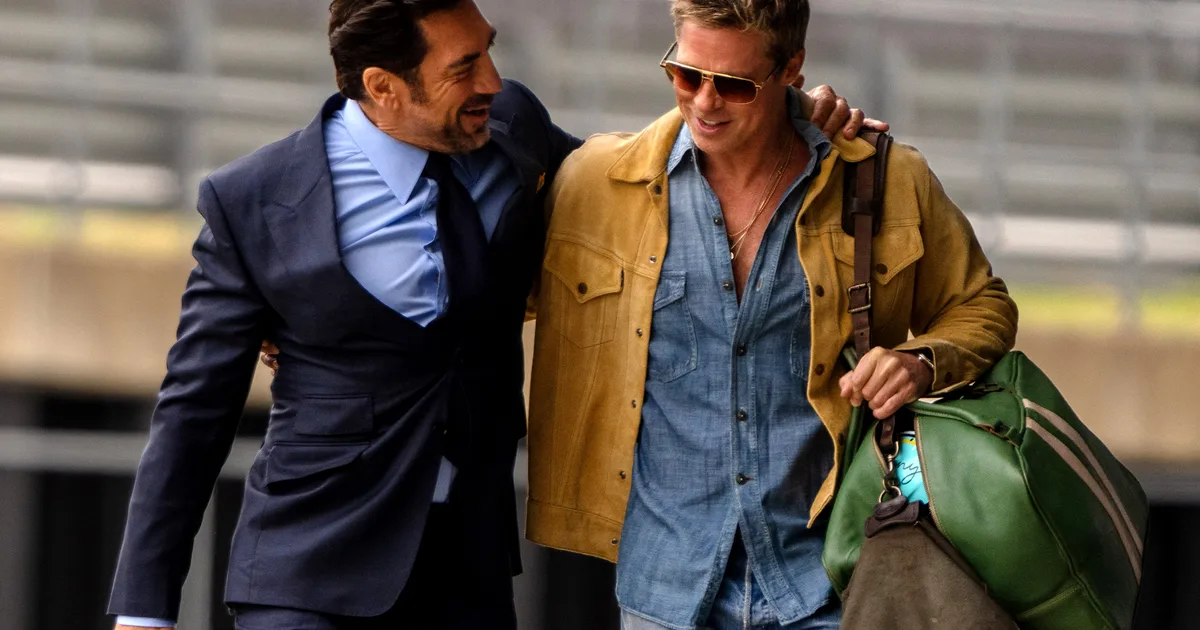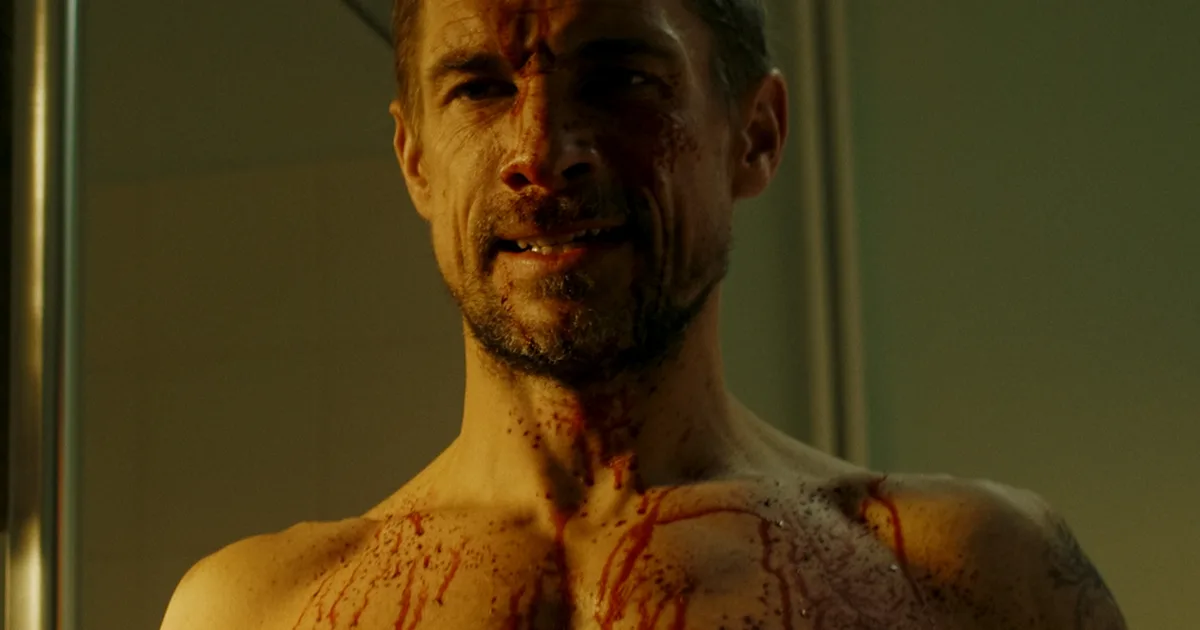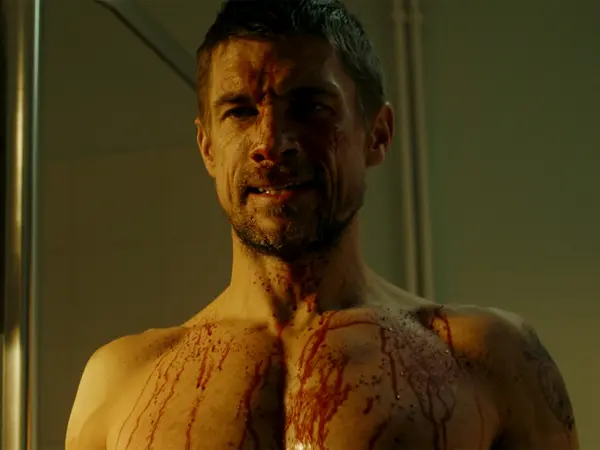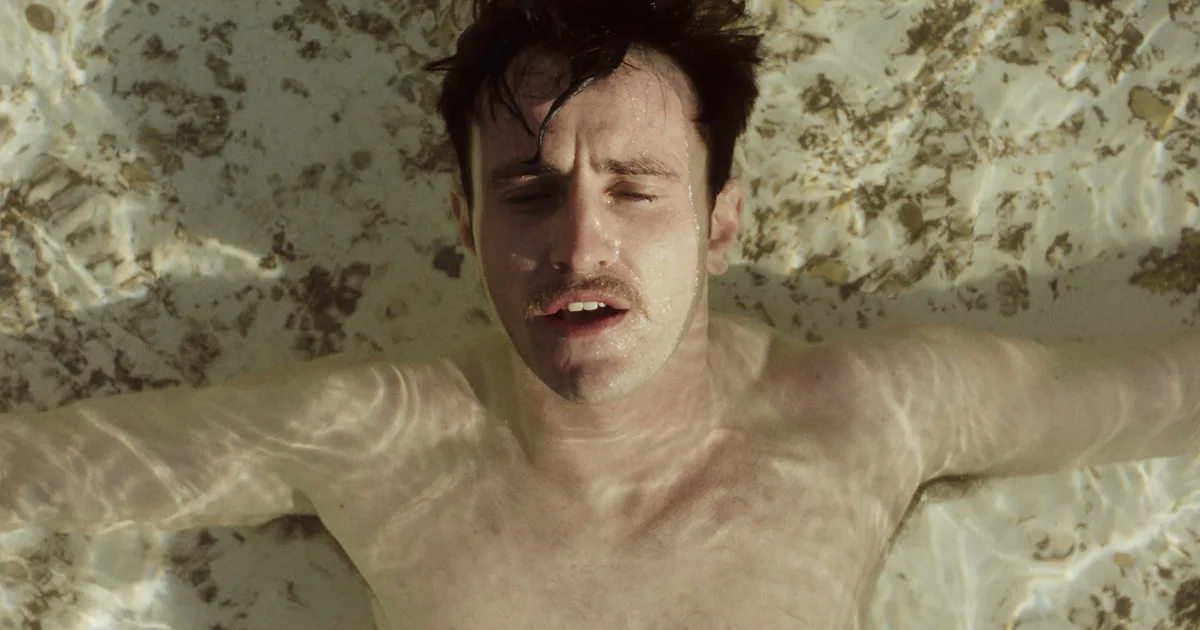
It’s become a cliché to say that David Cronenberg’s The Fly remains one of the most heartbreaking films of the 1980s, a film which culminates in an investigative journalist having to put down her scientist boyfriend for being too overzealous with his toys. With his ruminative latest, The Shrouds, Cronenberg once more makes a play for the heartstrings in what must be one of the most nakedly moving and revelatory films within his canon.
There is, of course, a lot of ironic levity too, as seen in an opening sequence in which melancholy widowed tech magnate, Karsh (Vincent Cassell, made up to look exactly like the filmmaker), decides to dive into the dating scene once more, organising a lunch with a match formulated by his dentist in a restaurant that’s adjacent to a graveyard. The joke is, it’s his restaurant. And his graveyard. And what’s more, his late wife, Becci, is buried there – would you, dear date, like to come and see her decaying corpse in 8K resolution via live-relay videofeed?
Get more Little White Lies
Karsh is the founder of GraveTech, a company who have, in tandem with a Chinese firm named Shining Cloth, developed a new type of burial shroud which allows the bereaved to be in constant contact with the recently departed. Ever the romantic, Karsh is just itching to dive into his plot next to Becci so they may enter the eternal rest together, but in the meantime, he’s can zoom in on her desiccating skull and wondering what those little nodules growing on her bones might be.
Explorations of grief on film are ten a penny and so often lean on maudlin sentiment to achieve their intended goal. The Shrouds offers something that’s at once more nuanced, more complex and more radical, as Karsh finds himself having to deal with the fact that someone may be sabotaging his system to use it as a surveillance tool, something one of his operatives and ex-brother-in-law Maury (Guy Pearce) may have a hand in. This central conceit of man attempting to discover the provenance of strange broadcast images and being swept into a world of political intrigue is a fulsome call-back to 1983’s Videodrome, and as a film about a husband’s conspiratorial obsessions with his dead wife, there’s quite a bit of 1991’s Naked Lunch in there too.
On a production level, this is just precision filmmaking of the highest stripe, and there’s a heartbeat-like rhythm to both the syntax and syncopations of the dialogue, and the beautifully judged shot/reverse shot edits. Howard Shore delivers another one of his gorgeous synth scores, this one with an aptly funereal vibe, and long-time production designer Carol Spier threads the needle between a world of pristine modern innovation, and Japanese minimalism.
The Shrouds is a new type of cinematic love story, one that deals with our abiding connection with the dead through dreams and realistic innovation rather than having to lean on such timeworn crutches as ghosts and fantasy. Like much of his late work, there are a certain set of demands placed on the viewer, but if you’re willing to take what Cronenberg is giving you and tap into the film’s rich emotional mainframe, then the gifts (and heartbreak) will be plentiful.











